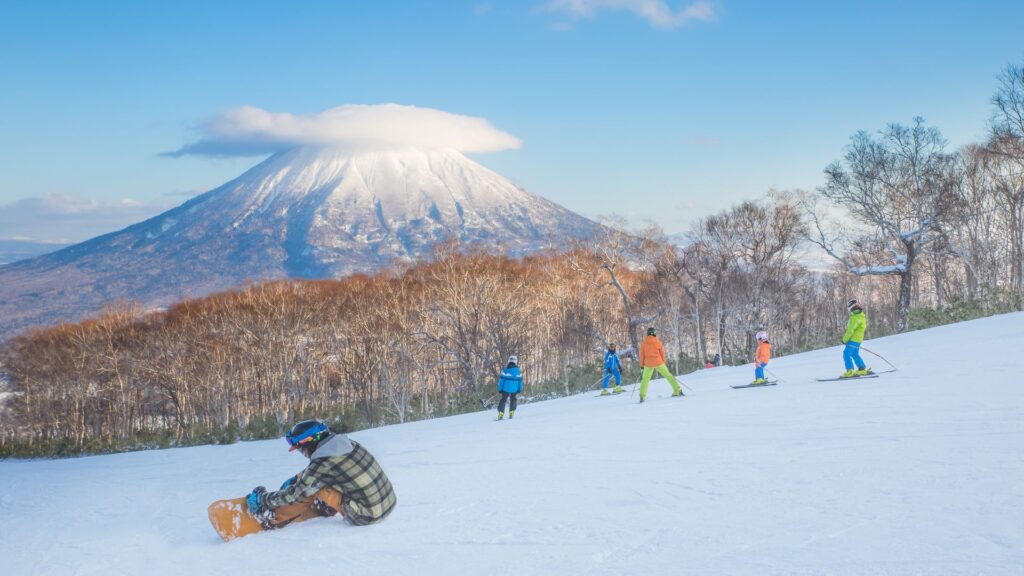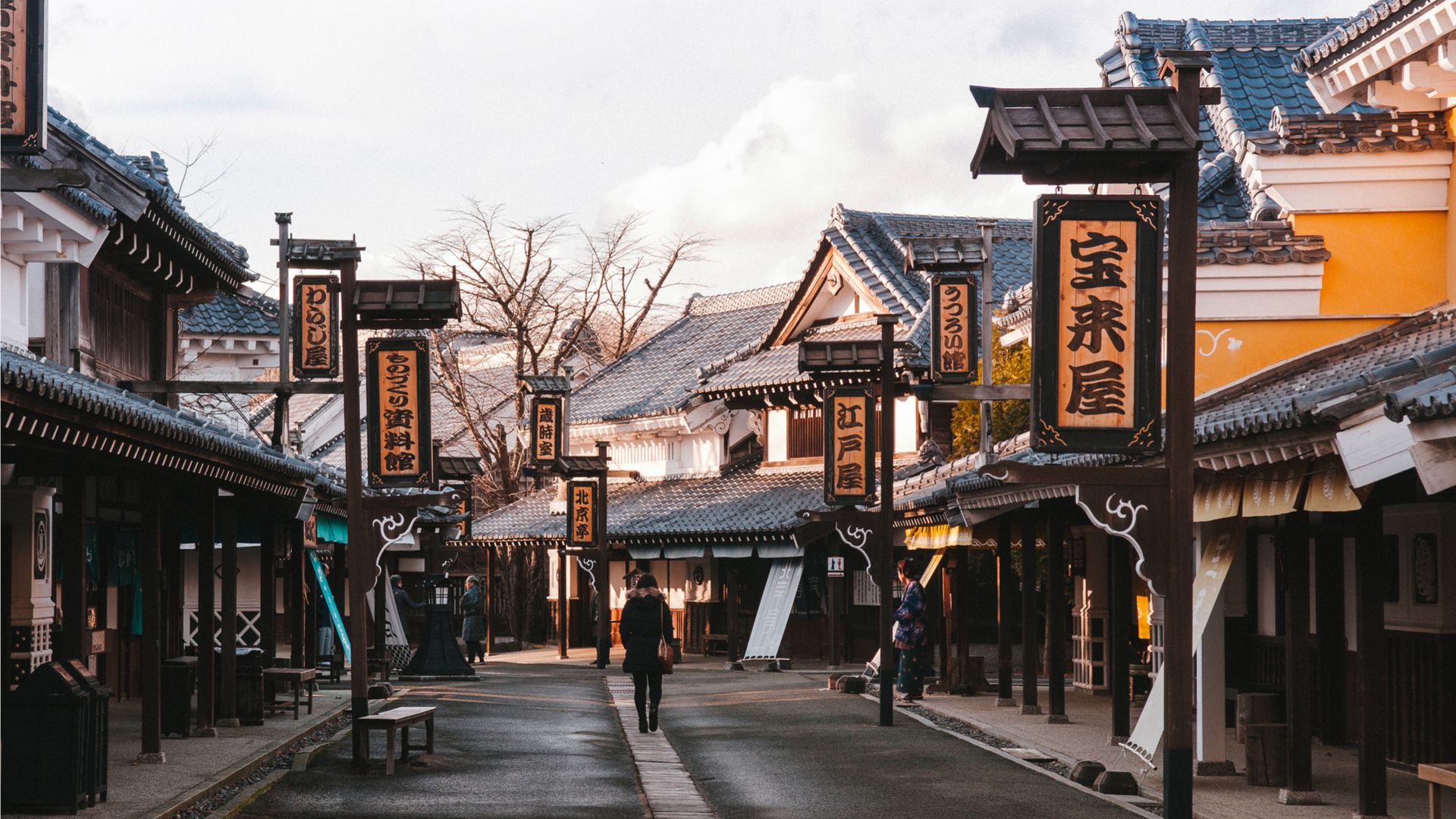Japan has not always been a top destination for Chinese travelers (political tensions between the two nations had hindered tourism for years). Until recently, Japan also did not make it easy for Chinese travelers to obtain a tourist visa; for many, the requirements were prohibitive.
However, in 2015, Japan announced that it would lower the income threshold for Chinese tourists applying for a multiple-entry visa, and extend the validity of the visas to encourage travel. The impact was immediate, with visa application approvals at its Shanghai consulate surging 2.9 times in just three months. Chinese tourists to Japan rose from 704,000 and 1.7 million in 2013 and 2014, respectively, to 4.2 million in 2015, as the nation eased visa regulations.
The number of Chinese tourists in Japan has surged since the country eased visa requirements in 2015
While the majority of Chinese tourists head for the major destinations, such as Tokyo, Kyoto, and Osaka, more are now heading to other regions. This is partly due to increased tourism promotions for lesser-visited destinations, as well as more Chinese visiting Japan multiple times. In 2017, Japan recorded more than 28 million international arrivals, more than 25 percent of which were from China, according to the Japan National Tourism Organization, making China the largest source market for the year, just ahead of South Korea.
There are multiple reasons for the continued increase in tourism to Japan. Inexpensive short-haul flights were an initial reason for the large numbers of tourists overall in Japan, though starting on January 4th, Japan will once again ease visa requirements. The new policy makes it easier for travelers who have previously visited the country to apply for a new visa.
One beneficiary of the increase in Chinese tourism has been Japan’s northern prefecture of Hokkaido, which offers tourists a quieter, travel experience than they’d get in Tokyo or Kyoto, and has become a destination for the more adventurous, as it offers more outdoor activities throughout the year. The region attracted 660,000 Mainland Chinese tourists in 2018, less than 10 percent of the total number of Chinese arrivals to Japan. However, by 2020, Hokkaido targets 5 million international tourists, and China is expected to account for 1.5 million of them. That would be an almost 150 percent increase in just two years.
Another beneficiary is the prefectural capital of Sapporo, a top winter destination because it provides easy access to world-class ski resorts. Club Med, which Fosun International Ltd. acquired in 2015, noted in its report last year that Japan was the top snow holiday destination for Chinese travelers, and Sapporo was the most popular choice (with two other ski resort areas in Hokkaido also making the list). Additionally, Hokkaido is home to natural hot springs that are popular with winter travelers looking to relax after a day on the slopes.

Niseko, in Hokkaido, Japan, was one of the top ski destinations for Chinese tourists. Photo: Shutterstock
During the Christmas and New Year travel period, online travel agencies like Lvmama saw increased searches for “winter getaways,” “ice and snow tours,” and “hot springs” as many travelers booked trips to Japan, with many of those tourists heading for Hokkaido.
The region has also made an effort to accommodate more Chinese tourists, particularly those willing to spend more money on their holidays. The New Chitose Airport in Hokkaido, which serves Sapporo, became the world’s first WeChat Pay flagship airport in December 2017. Additionally, more than 180 merchants at the airport now accept mobile WeChat payments, and Tencent said at the time that an additional 500 merchants and 2,000 shops across Hokkaido were also accepting WeChat Pay.
For the upcoming Lunar New Year beginning on February 5th, the prefectural government is working with retailers to offer special discounts to Chinese travelers. The plan is to attract more Chinese tourists who are already visiting other parts of Japan but have yet to set a full itinerary.
In addition to the services offered in prefecture, the Hokkaido Tourism Organization plans to promote more in-depth experience-based tourism products geared toward younger independent travelers, hoping to attract more Chinese tourists during the shoulder seasons of autumn and spring to reach its lofty goal.



